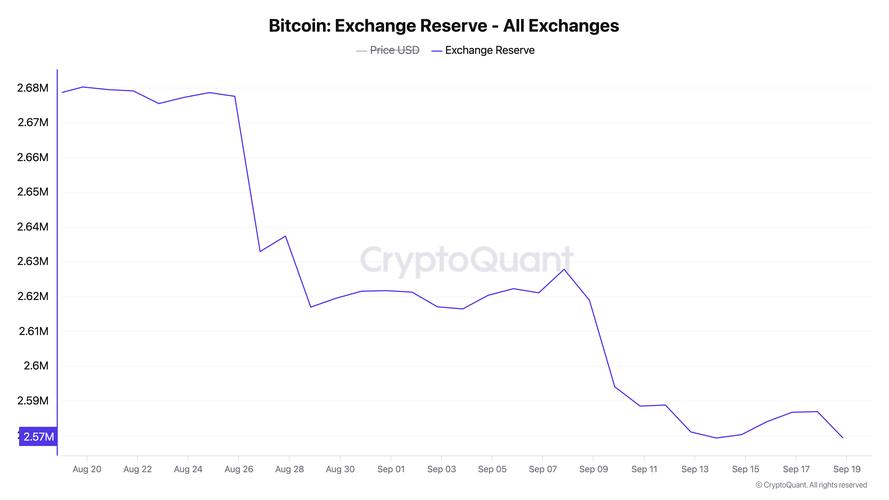btc address,Understanding Your BTC Address: A Comprehensive Guide
Understanding Your BTC Address: A Comprehensive Guide
Your Bitcoin address is a unique identifier that allows you to receive and send Bitcoin. It’s like your personal bank account number, but instead of being used for traditional banking, it’s used for the cryptocurrency Bitcoin. In this detailed guide, we’ll explore the various aspects of a Bitcoin address, including its structure, how it works, and best practices for using it safely.
Structure of a Bitcoin Address
A Bitcoin address is a string of characters that starts with either a ‘1’ or ‘3’ and is followed by a series of alphanumeric characters. The length of the address can vary, but it typically ranges from 26 to 35 characters. Here’s a breakdown of its structure:
| Component | Description |
|---|---|
| Version | Indicates the type of address (P2PKH or P2SH) |
| Hash | Contains the public key or script hash |
| Checksum | Ensures the integrity of the address |
Let’s delve deeper into each component:
Version: The first character of the address indicates the type of address. A ‘1’ signifies a Pay-to-Pubkey Hash (P2PKH) address, while a ‘3’ indicates a Pay-to-Script Hash (P2SH) address. P2PKH addresses are the most common type and are used for receiving Bitcoin directly to a public key. P2SH addresses, on the other hand, are used for more complex transactions, such as multisig wallets.
Hash: The remaining characters of the address represent the hash of the public key or script hash. This hash is generated by applying a cryptographic algorithm to the public key or script. The resulting hash is then converted into a human-readable format using Base58 encoding, which allows for the creation of a unique address.
Checksum: The checksum is a 4-character suffix at the end of the address. It is used to verify the integrity of the address. The checksum is calculated by taking the first 4 bytes of the double SHA-256 hash of the address and appending them to the end.

How Bitcoin Addresses Work
When you receive Bitcoin, the sender needs to know your Bitcoin address. Once the transaction is broadcasted to the network, the sender’s wallet uses your address to send the Bitcoin to your wallet. Here’s a step-by-step explanation of how this process works:
- The sender’s wallet generates a transaction that includes the recipient’s Bitcoin address.
- The transaction is broadcasted to the Bitcoin network.
- Nodes on the network validate the transaction and add it to a block.
- The block is added to the blockchain, and the transaction is considered confirmed.
- Your wallet receives the transaction and updates your balance accordingly.
Best Practices for Using Bitcoin Addresses
While Bitcoin addresses are secure, it’s essential to follow best practices to protect your funds:
- Use a New Address for Each Transaction: This helps to minimize the risk of losing your funds if one of your addresses is compromised.
- Keep Your Addresses Private: Never share your Bitcoin address with anyone unless you’re sure of their trustworthiness.
- Backup Your Wallet: Ensure that you have a backup of your wallet to recover your funds in case of a hardware failure or loss.
- Use a Secure Wallet: Choose a reputable wallet provider that offers strong security features, such as two-factor authentication and cold storage options.
Conclusion
Your Bitcoin address is a crucial component of the cryptocurrency ecosystem. Understanding its structure, how it works, and best practices for using it safely will help you manage your Bitcoin funds effectively. By following the guidelines outlined in this guide, you can ensure that your Bitcoin remains secure and accessible.





